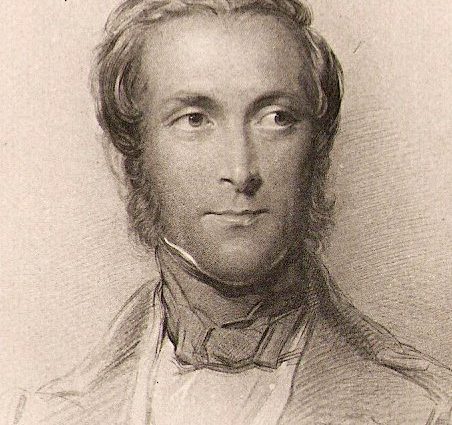James Andrew Broun-Ramsay, 1st Marquess of Dalhousie, also known as Lord Dalhousie (1812-1860 was a Scottish statesman and colonial administrator in British India. He served as Governor-General of India from 1848 to 1856. Lord Dalhousie spent about nine months in the Nilgiris for rest and recuperation.
Sir William O’ Shaughnessy, a friend of Dalhousie, who belonged to the Indian Medical Service but had a penchant for electricity, convinced the Governor General of the need for a telegraph service and planned and directed the first line of electrical telegraph in 1854.
The next year, when Lord Dalhousie visited the Nilgiris, a temporary telegraph line from Bangalore to Ooty was laid. When the Governor General left Ooty, he ordered to make the line permanent. The telegraph office at Ooty was opened to public on 25th April, 1855.
The great Indian railway system was also originally planned by Lord Dalhousie while being in the sick bed in the Nilgiris. He suggested one strategic line from Madras to the western coast with a branch to the foot of the Nilgiris. It was because of the perseverance and engineering acumen of the then Superintendent Engineer of Nilgiris, J.L.L. Morant, the rail link was extended from the foot of the hills to Coonoor and later to Ootacamund in a feat of rare engineering marvel. The mountain railway was to be on the ‘Rigi’ system invented by Nicholas Riggenbach but the final design was based on the ABT system of Roman Abt.

